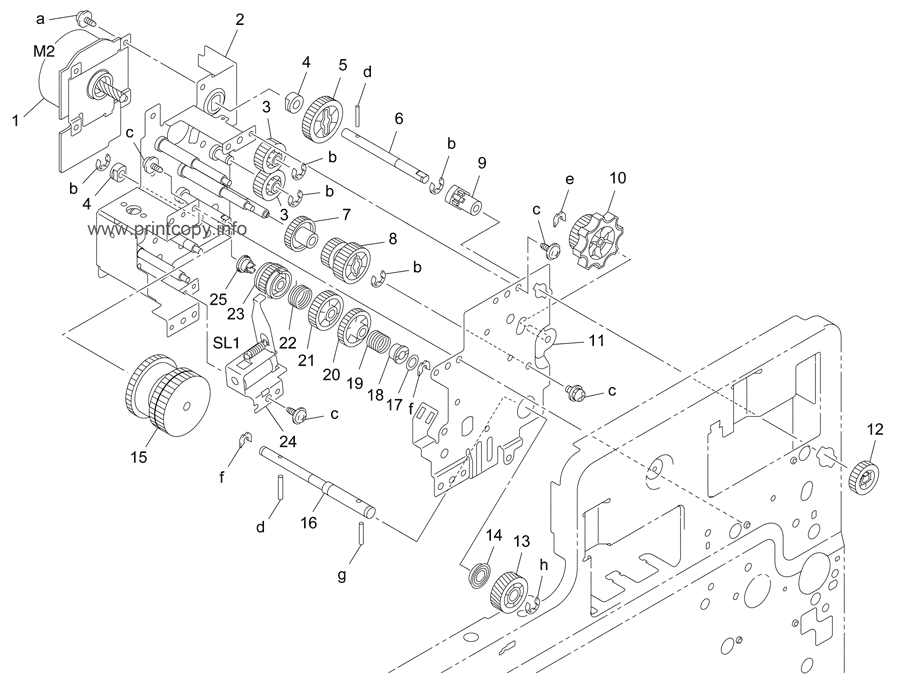Garden City Hoyts Organic Molecules Have A Carbon Backbone And Quizlet
Garden City Hoyts Organic Molecules Have A Carbon Backbone And Quizlet, Indeed recently has been hunted by consumers around us, perhaps one of you personally. People now are accustomed to using the internet in gadgets to view video and image information for inspiration, and according to the name of this article I will discuss about
If the posting of this site is beneficial to our suport by spreading article posts of this site to social media marketing accounts which you have such as for example Facebook, Instagram and others or can also bookmark this blog page.
The organic circulation of carbon from the atmosphere into organisms and back again.

Community garden dallas organic store new farm. During the process of carbon 14 decay one of its eight neutrons becomes a proton and an electron is emitted. Plants take in carbon dioxide from the atmosphere using it to build carbohydrates via photosynthesis. It makes up almost half of the human bodys dry mass.
Rna molecules have a sugar phosphate backbone. The paths of water carbon nitrogen and phosphorus pass from the nonliving environment to living organisms and back to the nonliving environment in closed circles called. Because its outer electron shell holds only four of the eight electrons it could support carbon bonds easily with other elements and with itself to fashion the complex molecules on which life as we know it depends.
Carbohydrates lipids proteins and nucleic acids. Carbon fixation the removal of atmospheric carbon in the form of carbon dioxide gas in air to be converted into organic molecules like sugar by primary producers. The carbon atom has four electrons in its outer shell allowing it to covalently bond with up to four other atoms.
A characteristic of the carbon atom that contributes to its ability to form an immense diversity of organic molecules is its. Ability to covalently bond with up to four other atoms. Organic molecules are a diverse group.
The carbon atom. Carbon 14 is often used for carbon dating where scientists measure the rate of carbon 14 decay to determine the age of items. B rna uses the sugar dextrose.
All the grass frogs in the pond of central park new york city c. Carbon 14 contains six protons and eight neutrons. Four types of organic molecules biomolecules exist in organisms.
Organic molecules contain carbon and hydrogen atoms bonded to other atoms. Because the element carbon forms the backbone of the molecules that make up cells one of the most important biogeochemical cycles to life on earth is the carbon cycle. How many electron pairs does carbon share in order to complete its valence shell.
An element whose atoms have six protons and six electrons. The a and g of the purines on one polynucleotide complement the t and c of the pyrimidine on the other a t g c and connect through hydrogen bonds. Even a simple bacterial cell contains some 5000 organic molecules.
Organic molecules were released. Each polynucleotide is made of a covalently bonded 5 carbon sugar phosphate backbone with nitrogenous double bases called purine and single bases called pyrimidines. Producing organic molecules c.
B the active site of the enzyme attached too the substrate of a food molecule produces carbon molecules the building blocks of cells. A because enzymes are proteins they react only with other protein molecules resulting in the production of glucose.









